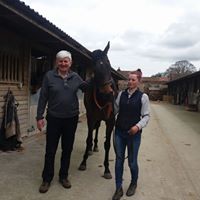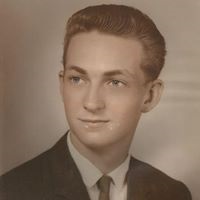Who was the first person to receive an artificial heart?
The first clinical use of an artificial heart designed for permanent implantation rather than a bridge to transplant occurred in 1982 at the University of Utah. Willem Johan Kolff started the Utah artificial organs program in 1967. Clifford Kwan-Gett invented two components of an integrated pneumatic artificial heart system: a ventricle with hemispherical diaphragms that did not crush red blood cells and an external heart driver that regulated blood flow without needing complex systems. Independently, Paul Winchell designed and patented a similarly shaped ventricle and donated the patent to the Utah program. Throughout the 1970s and early 1980s, Donald Olsen led a series of calf experiments that refined the artificial heart. During that time, as a student at the University of Utah, Robert Jarvik combined several modifications: an ovoid shape to fit inside the human chest, a more blood-compatible polyurethane, and a fabrication method that made the inside of the ventricles smooth and seamless to reduce dangerous stroke. On December 2, 1982, William DeVries implanted the artificial heart into retired dentist Barney Bailey Clark (born January 21, 1921), who survived 112 days with the device, dying on March 23, 1983. Bill Schroeder became the second recipient and lived for a record 620 days. Today, the modern version of the Jarvik 7 is known as the SynCardia temporary Total Artificial Heart. It has been implanted in more than 1,350 people as a bridge to transplantation.
More Info:
en.wikipedia.org










